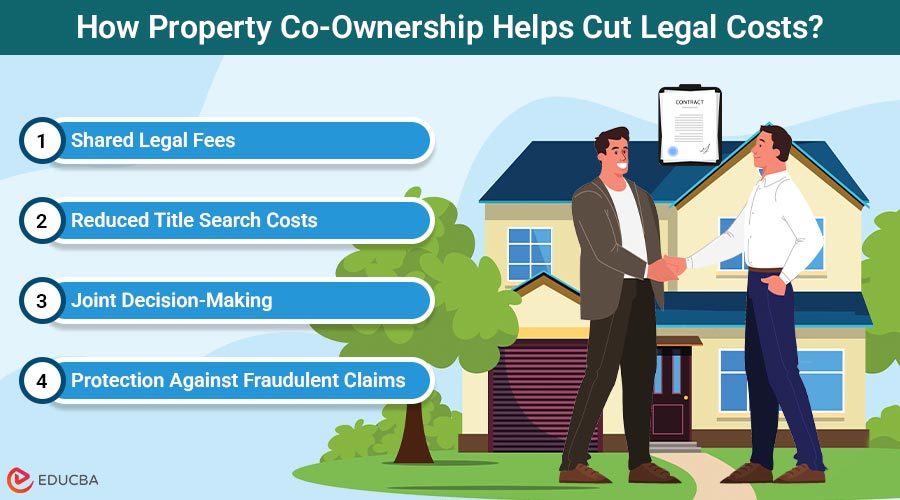
Understanding Property Co-Ownership
Did you know that over 61 million Americans co-own a home with someone who is not their spouse? This shows the appeal of shared ownership as a practical solution for investment. Property co-ownership is a popular method for sharing the costs of real estate. As prices continue to rise, many buyers are choosing to team up with others. This makes owning property more affordable.
This article explains the fundamentals of property co-ownership and how it operates. With the right approach, co-ownership can be financially smart and legally secure. Continue reading to learn more.
What is Property Co-Ownership?
Property co-ownership happens when two or more people share legal ownership of a piece of real estate. It can include homes, commercial buildings, or vacation properties. This setup offers flexibility for different types of investments. Instead of buying a property on your own, co-ownership allows you to join forces with others—whether friends, family members, or business partners—to make the purchase more affordable and manageable.
Types of Co-Ownership
There are two common types of property co-ownership:
- Joint Tenancy: All owners have equal shares in the property. One owner’s share immediately passes to the other owners in the case of their death. Close family members or partners often use this type.
- Tenancy-in-Common: Owners can have unequal shares. Each owner can decide what happens to their share upon death.
Explore more about joint tenancy and a tenancy-in-common here.
How Property Co-Ownership Helps Cut Legal Costs?
By sharing ownership, investors can mitigate their risks and reduce legal costs. Here is how it can lower your legal fees while protecting your investment.
1. Shared Legal Fees
A key benefit of property co-ownership is splitting legal fees among owners. When several people join a real estate deal, they divide the costs of hiring a lawyer and handling the closing process. This teamwork saves money and makes legal help more accessible. By sharing these expenses, co-owners reduce their financial burden. They can afford better legal support without paying full price alone. This smart approach protects everyone’s interests more effectively.
2. Reduced Title Search Costs
A title search is an important part of the property buying process. It helps uncover any legal issues tied to the property. However, the cost of a detailed search can be high. In co-ownership, the owners share the expense of this search. Pooling resources enables a more comprehensive and accurate review. This helps prevent future problems and saves money in the long run.
3. Joint Decision-Making
Property co-ownership encourages owners to make decisions together, fostering a collaborative approach. They talk through issues and agree on what is best for the property. This teamwork helps avoid confusion and conflict. By working as a group, co-owners can prevent many legal problems. Fewer disputes mean fewer legal fees. This helps everyone involved save time, reduce costs, and avoid stress.
4. Protection Against Fraudulent Claims
Group ownership offers stronger protection against fraud. Major decisions need approval from all owners. This makes it harder for anyone to act dishonestly. If a legal issue arises, having multiple owners adds an extra layer of defense. It is more difficult for someone to make a false claim. This lowers the risk of costly legal battles.
Final Thoughts
Property co-ownership is a smart and affordable way to invest in real estate. By sharing costs and responsibilities, you can reduce legal fees and enjoy better protection for your investment. It also allows you to access properties that may have been out of reach on your own. Always work with reliable partners and create clear agreements to avoid future conflicts.
Recommended Articles
We hope this guide on property co-ownership helps you understand the benefits and responsibilities of shared property ownership. Explore these recommended articles for more insights on property ownership.
